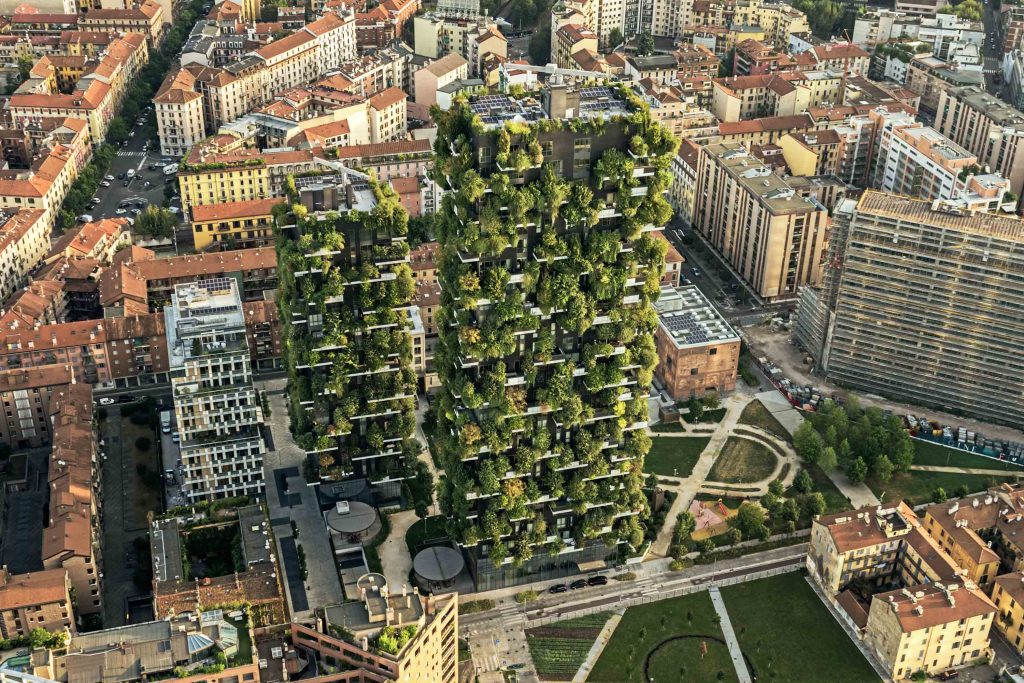Written by Alessandra Colombo – project manager

Just in these hours the eighth edition of the Soft Economy Festival is taking place in Italy and for the Summer Seminar “L’Italia che verrà” (Symbola), double participation of Stefano Boeri is planned. The architect will tell the thoughts and challenges faced during and after the Covid-19 pandemic.
I still don’t know how Boeri, the father of the “vertical forest”, will decide to decline this theme, if he will say something about the cities and how the men impact on the territory that inhabit to the point of making it hostile. In fact, in the last few months, our super crowded cities have seemed to be the enemy that has finally made us aware of the space we occupy. Even if it’s just a little “red dot” that says: wait here for your turn.
But if you’re in Milan, from that little red stamp you can admire a “vertical forest” and still have faith in man, capable of thinking about himself in space in such an original and respectful way.
What I see, and what I love, observing Boeri’s urban masterpieces is the deep desire to make the man more and more “part of the world and space he lives in” and less and less “undisputed master of that habitat”. It’s so because cities are our habitats, just as the savannah is for giraffes and the sea is for fish. Cities must be protected to protect human “biodiversity” and the vertical forests of Boeri are “environmental survival projects for the contemporary city“.
The Vertical Forest is a new generation of tall urban buildings completely enveloped by the leaves of trees and plants. It is an architectural device that promotes the coexistence of architecture and nature in urban areas and encourages the creation of complex urban ecosystems. Through the Vertical Woods, the number of trees in cities is multiplied by creating a “tower for trees inhabited by humans”. In this way, it promotes the inclusion of biodiversity within the city centre by becoming a tool for the formulation of urban policies aimed at the inclusion of plant and animal species within the humanised urban environment.
The Vertical Forest of Milan redefines the standard of living between humans and trees within the built city, providing for each human 2 trees, 8 shrubs and 40 bushes. In this way, it demineralises urban surfaces, reduces pollution of the urban environment, but above all it creates proximity relations between the anthropized and natural environment, giving life to new natural landscapes and new skylines also in the relationship between man and space.
